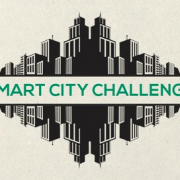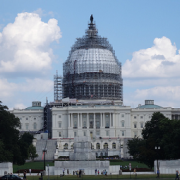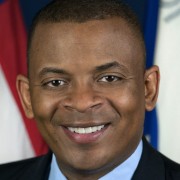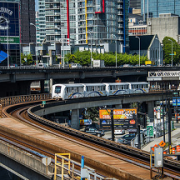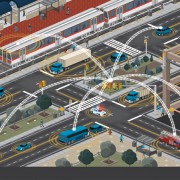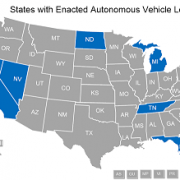Columbus, Ohio Wins $50 Million Prize in U.S. DOT’s Smart City Challenge
Jennifer van der Kleut
News broke this week that the city of Columbus, Ohio has beaten six other cities to win the $50-million prize in the Smart City Challenge.
Cities from across the country were invited earlier this year to pitch their intelligent-transportation project ideas to compete for $50 million in funding. Recently, the seven cities of Columbus, Ohio; Austin, Texas; Denver, Colorado; Kansas City, Missouri; Pittsburgh, Pennsylvania; San Francisco, California and Portland, Oregon were named the seven finalists, and were invited to Washington, D.C. to formally pitch their project ideas to Transportation Secretary Anthony Foxx on June 3.
For the prize, $40 million in funding is coming from the USDOT, as well as $10 million from a private grant from the company Vulcan, explained the website ColumbusCEO.com.
In addition, the public-private partnerships Columbus formed to help them win the bid will be investing another $90 million in grants for the project, bringing the total funding to $140 million.
Partnership members including Battelle, AEP, Ohio State University, Nationwide, Honda, L Brands, Cardinal Health and others, according to ColumbusCEO, many of which were brought to the table by Columbus’ new mayor, Andrew Ginther.
Columbus’ winning idea consisted of a plan to “link neighborhoods and improve mobility for residents while encouraging additional growth, and to provide an environment for new and existing technology companies to locate in the city,” reported the website Transport Topics.
To be more specific, ColumbusCEO.com described the project as a plan to “use the opportunity to connect workers in high poverty neighborhoods with jobs, improve access to education and prenatal care, and reduce traffic congestion.”
U.S. Senator Sherrod Brown of Ohio confirmed Columbus’ win this week, and said he and Transportation Secretary Anthony Foxx were impressed by how many companies and CEOs the city was able to bring to the table to collaborate for their innovative project.
“Mayor Ginther and the city’s partners demonstrated a commitment to smart growth that makes the city better for all residents. And that’s why I worked so hard to support Columbus’s efforts,” Brown said in a statement. “I look forward to continuing to work with local leaders and community members to realize the vision of a first-of-its-kind transportation system that increases access to jobs, links neighborhoods, and improves real-time information in a sustainable, safe way.”
An additional prize coming to Columbus is $1.5 million worth of electric vehicle chargers and mobile solar generators donated by DC Solar Solutions, the largest manufacturer of mobile solar technology in the country, Transport Topics indicated.
A press conference is expected to take place sometime on Thursday, June 23 in Linden, one of the Columbus neighborhoods that will benefit from the project.

